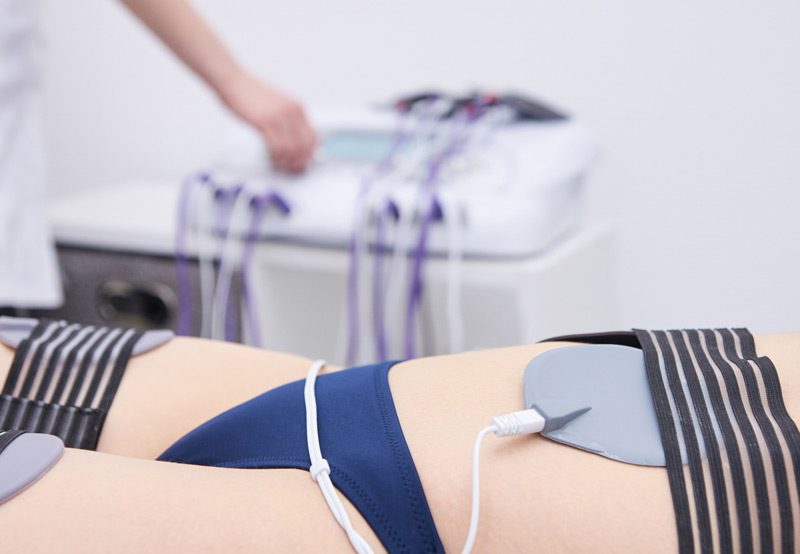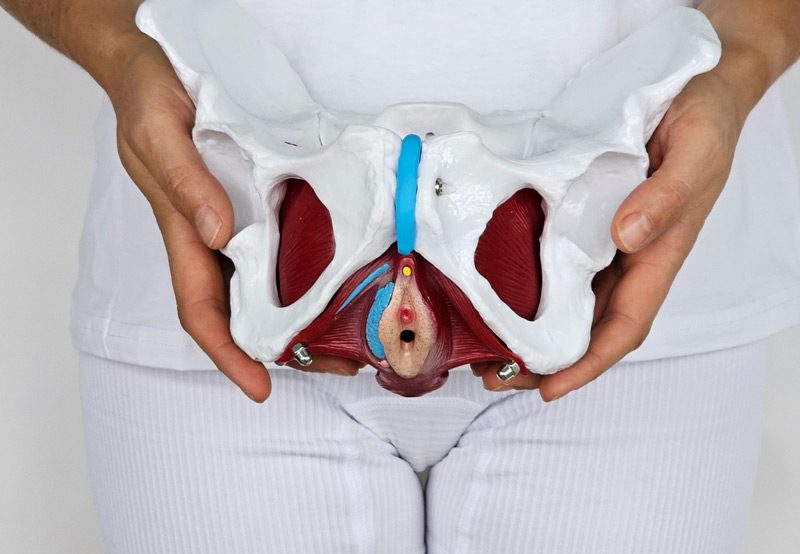

Nerve modulation procedures are advanced pain management techniques that involve the use of electrical impulses to alter the way pain signals are transmitted through the nerves. This type of therapy is used to manage chronic pelvic pain conditions, which may worsen during menopause due to hormonal changes and the weakening of pelvic muscles. By targeting the nerves responsible for pain perception, nerve modulation procedures can offer significant relief for women suffering from conditions such as chronic pelvic pain syndrome, endometriosis, and interstitial cystitis.
How Nerve Modulation Procedures Help with Pelvic Pain Conditions
- Chronic Pelvic Pain Syndrome (CPPS): CPPS is characterized by long-lasting pelvic pain, often without an identifiable cause. The pain can be exacerbated by muscle tension, nerve irritation, and inflammation. Nerve modulation procedures can help by delivering electrical impulses to the nerves involved in pain transmission, essentially “retraining” the nerve pathways. This helps reduce pain perception and improves overall pelvic comfort. For women with CPPS, nerve modulation can provide relief from constant or intermittent pelvic pain, allowing them to regain a better quality of life.
- Interstitial Cystitis (IC): IC, or painful bladder syndrome, is characterized by bladder pain, urgency, and frequency of urination, which can be made worse during menopause. As the condition involves nerve dysfunction within the bladder and surrounding tissues, nerve modulation can target the nerves involved in bladder function and pain transmission. By using electrical stimulation, nerve modulation procedures can reduce bladder-related discomfort, urgency, and the need for frequent urination, giving women with IC the ability to manage their symptoms more effectively.

- Pelvic Floor Dysfunction: Pelvic floor dysfunction refers to problems with the muscles and connective tissues that support the pelvic organs. This dysfunction can lead to pelvic pain, urinary or bowel issues, and sexual discomfort. Nerve modulation can help by targeting the nerves that control the pelvic floor muscles, helping to reduce spasms, improve muscle coordination, and alleviate pain. For women experiencing pelvic floor dysfunction due to menopause, nerve modulation offers a non-invasive treatment option that can help restore function and reduce pain associated with the condition.
- Pudendal Neuralgia (Pudendal Nerve Pain): Pudendal neuralgia is a condition caused by compression or irritation of the pudendal nerve, which can lead to severe pelvic, genital, and rectal pain. Nerve modulation procedures can help by stimulating the pudendal nerve, helping to alter the transmission of pain signals and reduce discomfort. This treatment can be especially beneficial for women suffering from chronic pudendal neuralgia, as it targets the root of the pain and provides long-lasting relief.
- Vulvodynia: Vulvodynia is a condition characterized by chronic pain in the vulva, which may include burning, stinging, or aching sensations. The pain is often linked to nerve dysfunction in the pelvic region. Nerve modulation procedures help by stimulating the nerves in the affected area, altering the pain signals and reducing the intensity of discomfort. For women with vulvodynia, nerve modulation can offer relief from this persistent pain and improve their ability to engage in normal activities.
Next Steps
If you’re dealing with chronic pelvic pain from any of the conditions mentioned, nerve modulation procedures may be a viable option to help manage and reduce your pain. It’s essential to consult with a healthcare provider specializing in pelvic pain to determine whether nerve modulation is the right treatment for your specific condition.
